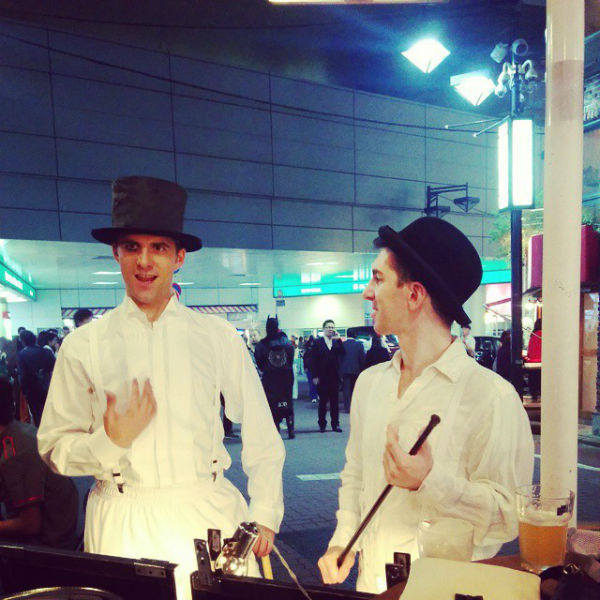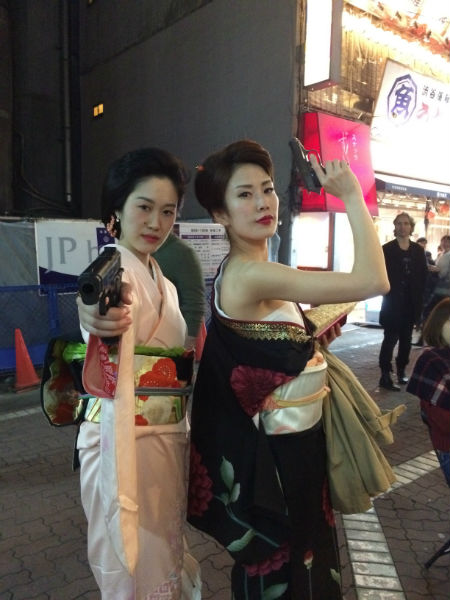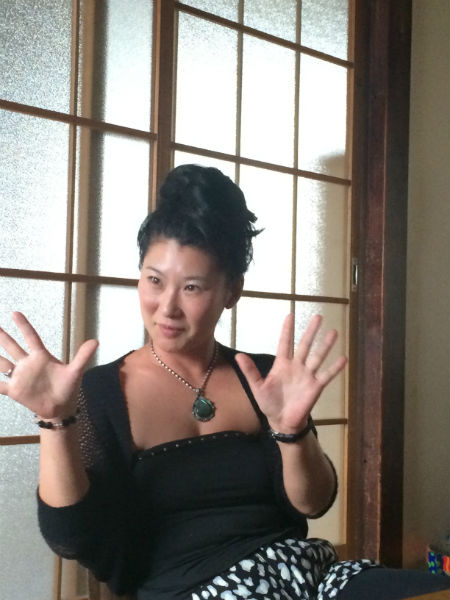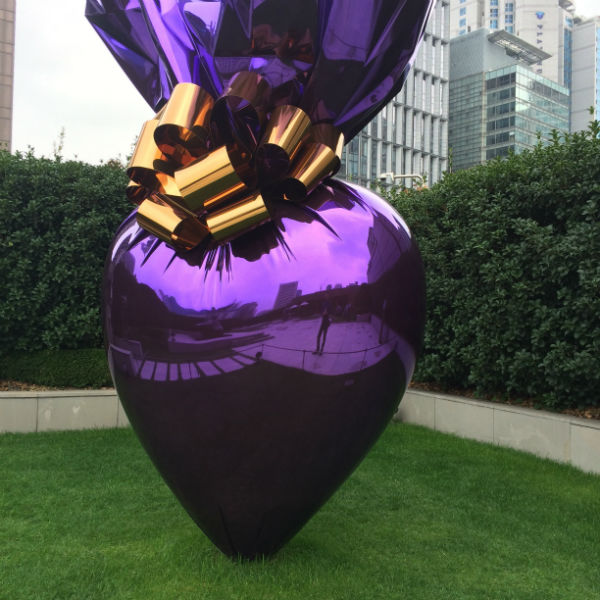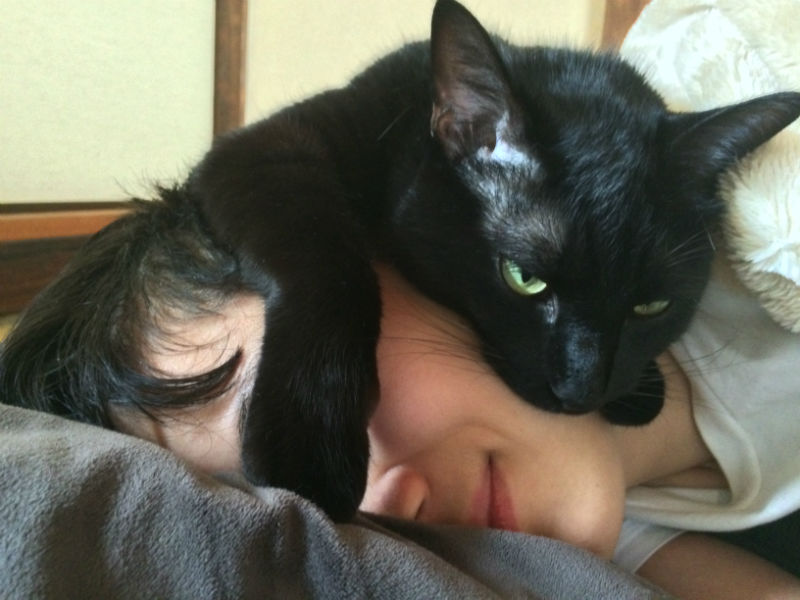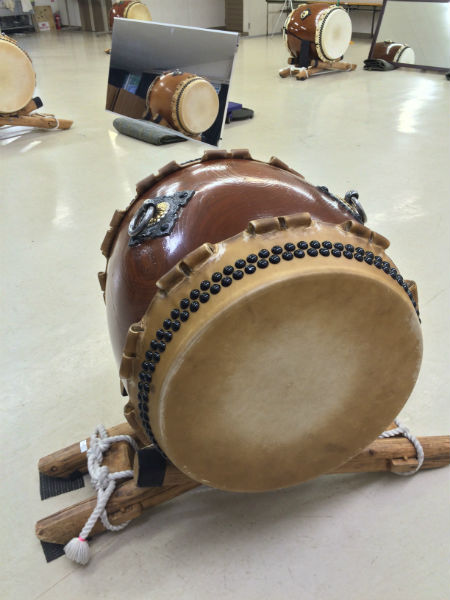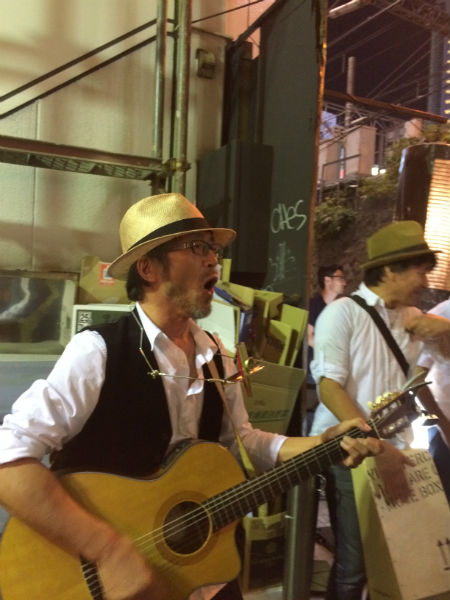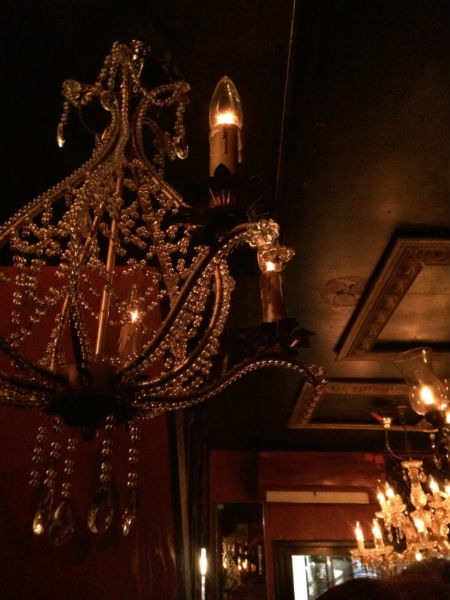As there was a full moon, it seemed appropriate to explore a completely deserted Angkor Wat. We had a bottle of champagne, half a bottle of Grand Marnier, and some of that Cambodian ganja so freely and more-or-less legally available
When visiting Siem Reap, the question is not so much where to go for sightseeing, but how to do it in such a way as not to be permanently surrounded by throngs of tourists. Over 4 million tourists find their way to Siem Reap every year, and they do not come for the riverside view or to go hiking by the lake, they all want to see the sun rising over Angkor Wat, or that one temple where Angelina Jolie played a videogame character endowed with a huge, err, knowledge of ancient artefacts.
So did we.
But just like visiting Ryoan-ji’s famous zen garden on a regular day is a frustrating exercise in futility, being surrounded by a noisy sea of selfie-stick-carrying tourists did not seem like the best way to stand in awe and admiration at millenium-old stone palaces.
Sunrise
Fortunately, most tourists do not like to get up at ungodly early hours, which is incidentally the time when sunrises happen. And sunrises are awesome. Not so much for the big ball of orange that magically makes its way up the horizon every single day without fail (although that can be cool too), but because the few hours that follow are bathed in the most sumptuous light of the day: warm hues of pink and orange that draw long shadows on the tiniest stone detail and make an already impressive place take a surreal cinematic appearance. And even when the best camera you own came free with your annual phone plan, you can’t have too much photography-worthy lighting in your life.
Of course, the perspective of a 4am wake-up is only a mild deterrent to the more decided tourist hordes, and our pre-dawn tuk tuk ride ended in the company of a worryingly large number of other sunrise-seekers. By the time we arrived at the entrance to Angkor Wat, large crowds of tired people in neon-clothing were queueing for coffee and waving tiny flashlights around. Despite strong flashbacks of 90s raves in rural Yorkshire, no acid house music could be heard in the background.
Making our way toward the inner temple amidst a compact stream of visitors, within earshot of at least a dozen different guides’ loud blather, I was starting to question the effectiveness of killing a perfectly good night of sleep as a way to escape the crowds, and then something awesome happened. About 100 metres before the temple itself, every single person took a turn left and appeared to congregate by some body of muddy water.
As it turns out, people do not want to be inside Angkor Wat for sunrise, they want the perennial sun-rising-above-temple-with-pond-reflection photo, which admittedly must look a lot cooler in one’s Facebook feed.
Not seeing a single person venturing further, I briefly wondered if the rest of the temple might be closed at this hour, but sure enough, no gates, barriers or any officials whatsoever, stood in the way of our exploration of the entire deserted site.
I will trade a million postcard sunrises any day for a walk through massive stone corridors, glimpsing at bas-relief and carvings in the pre-dawn light, sitting on the east-facing edge of the inner wall, in perfect silence save for the noises of the surrounding forest.
Continue reading

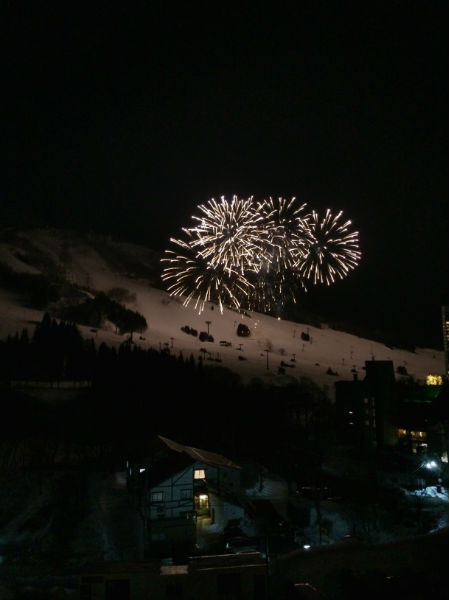
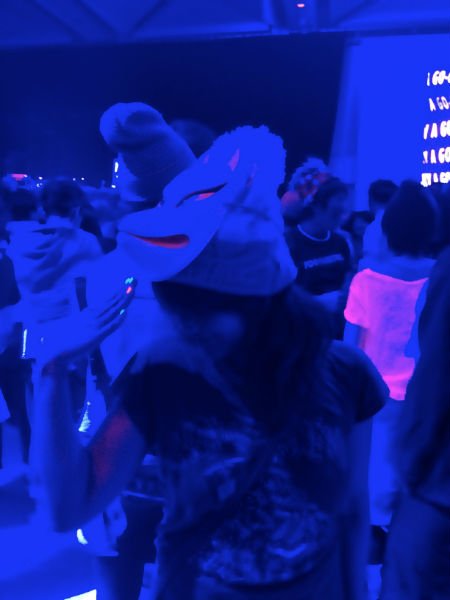
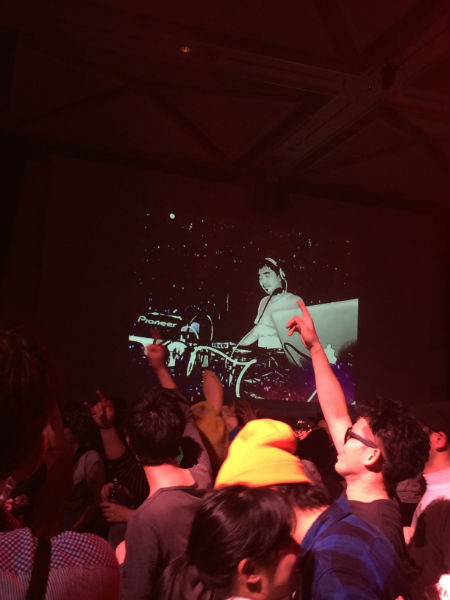

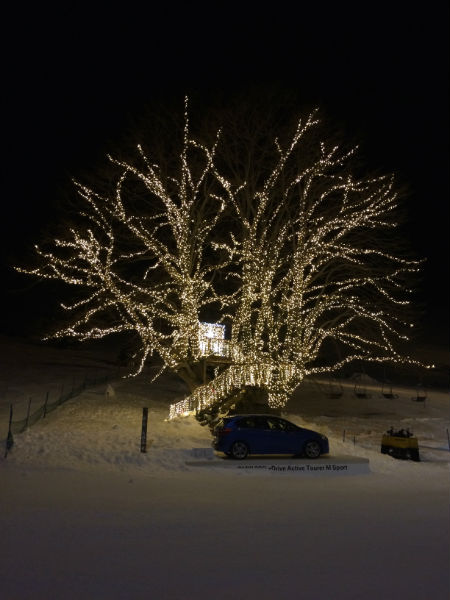
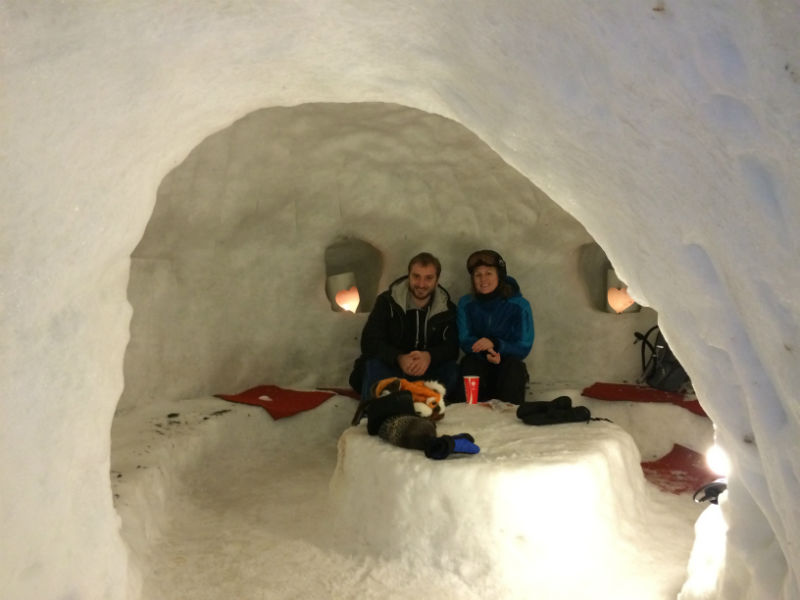
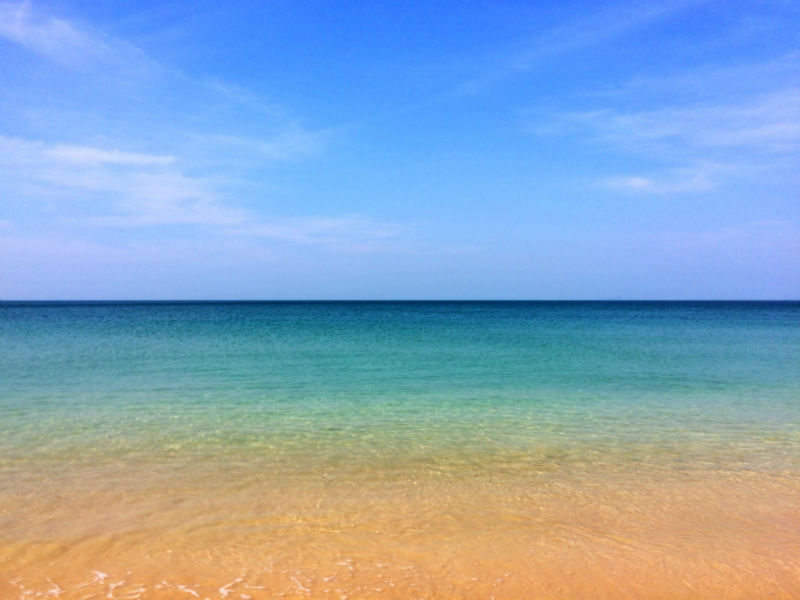
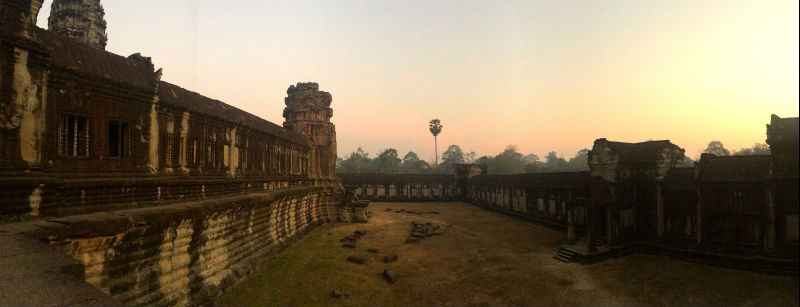


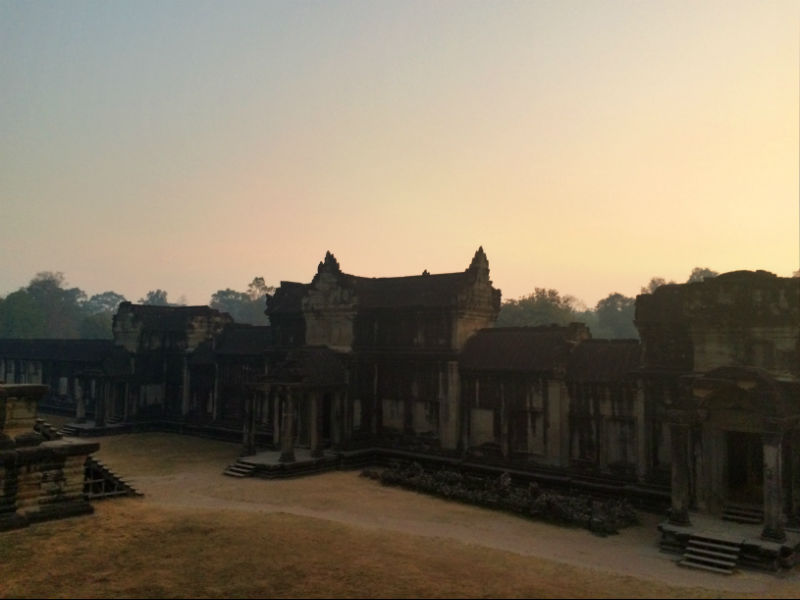

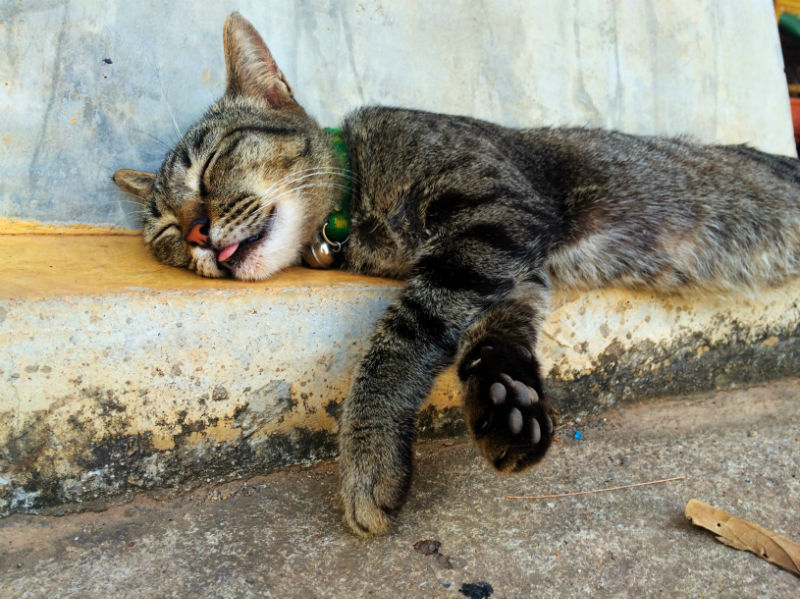




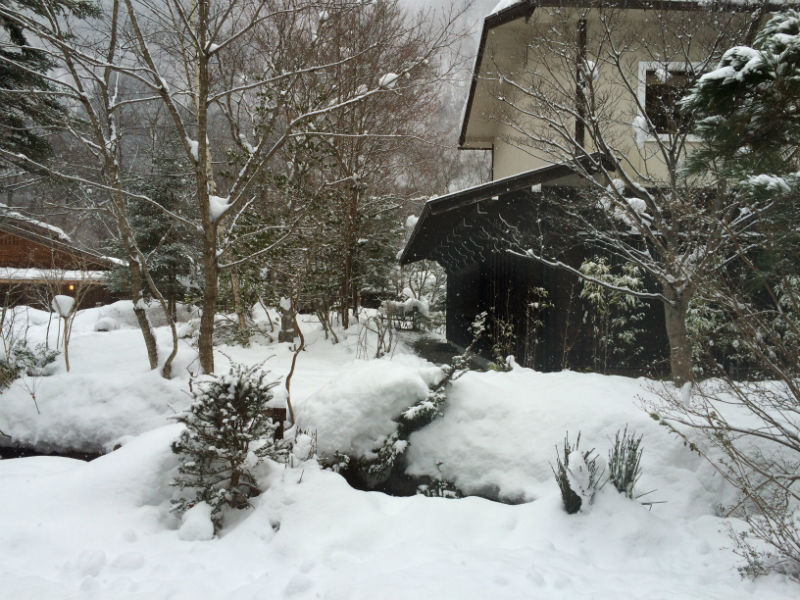


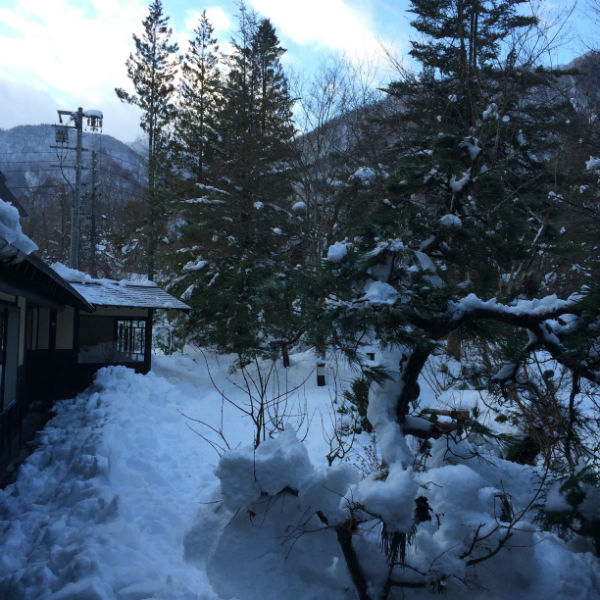


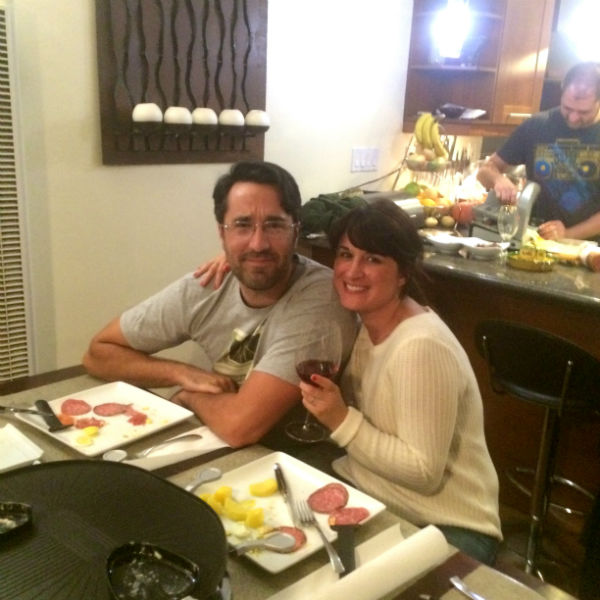
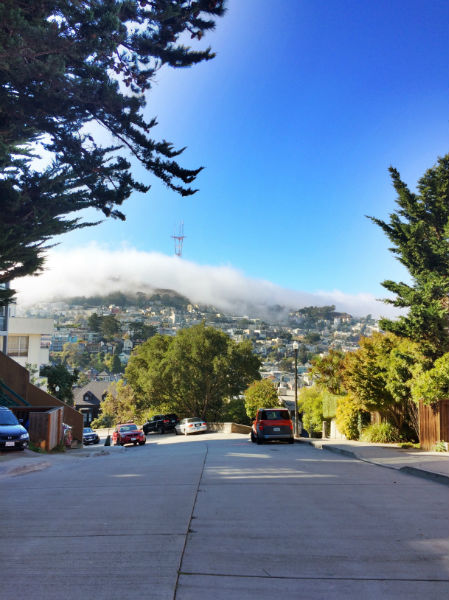

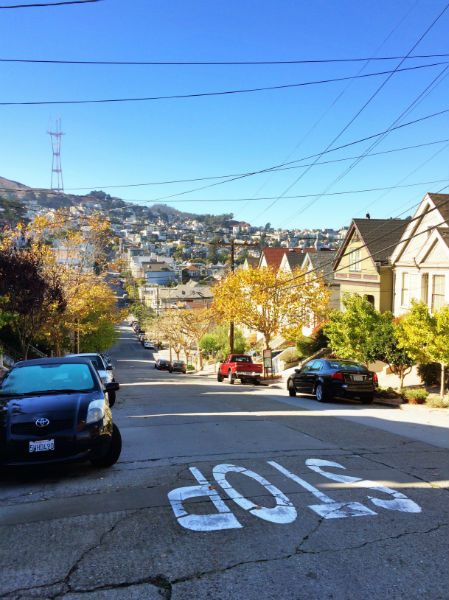
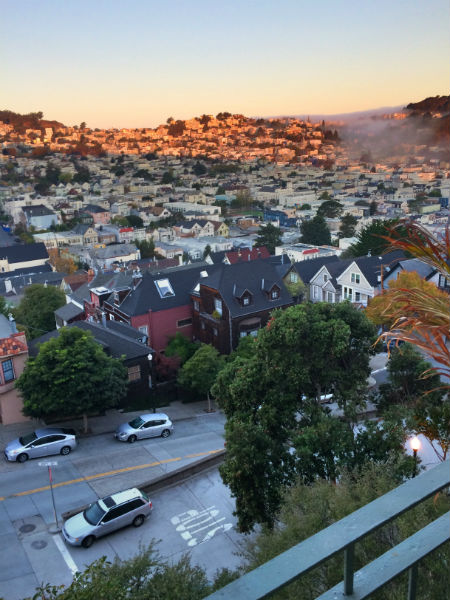

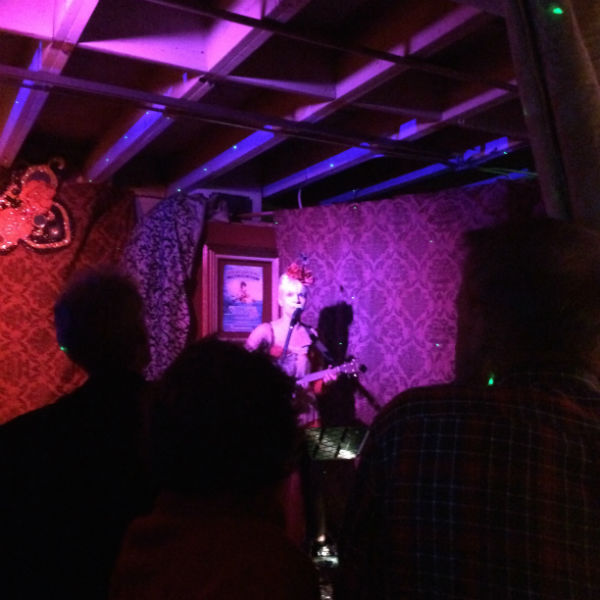
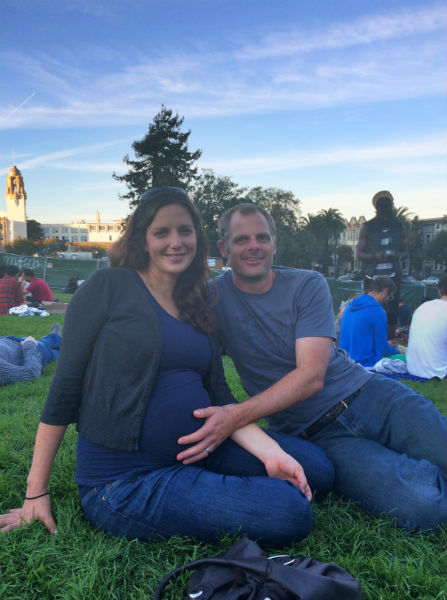


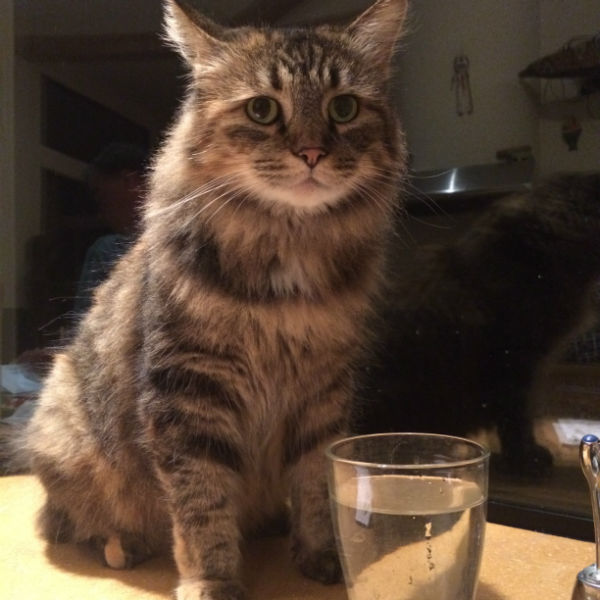


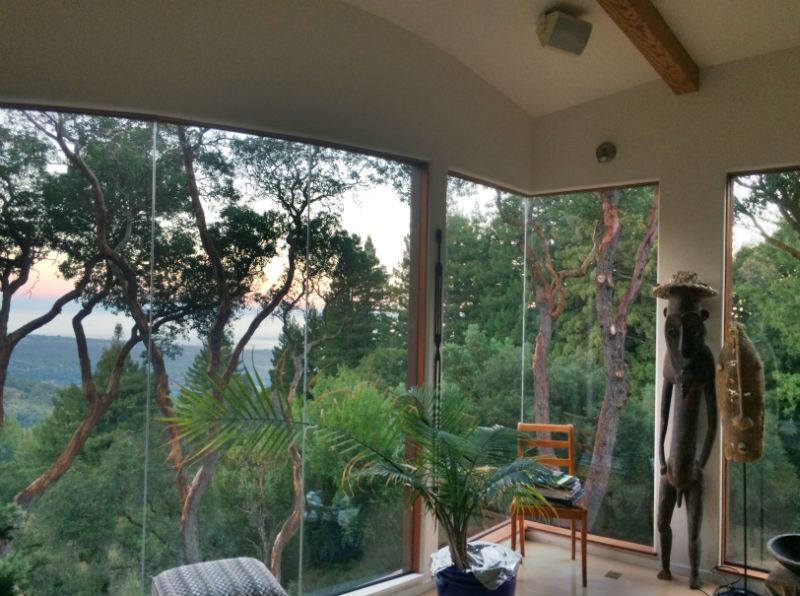
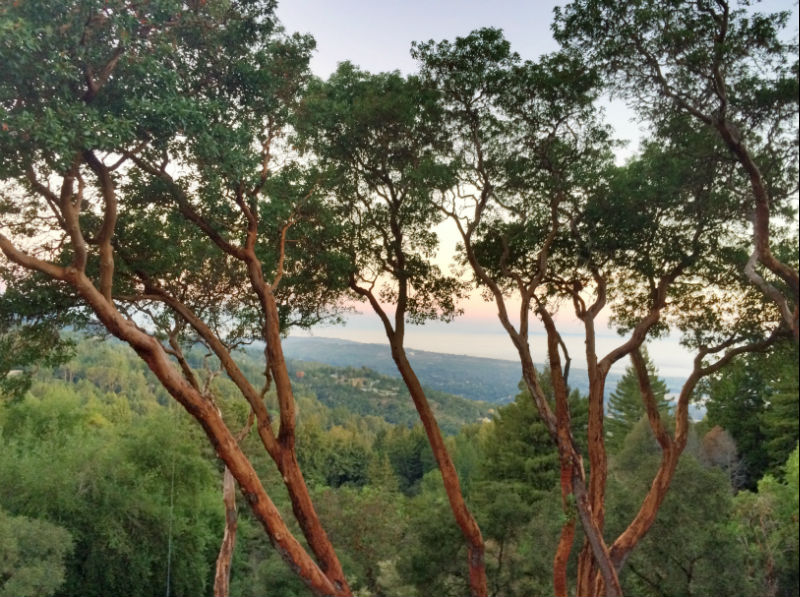





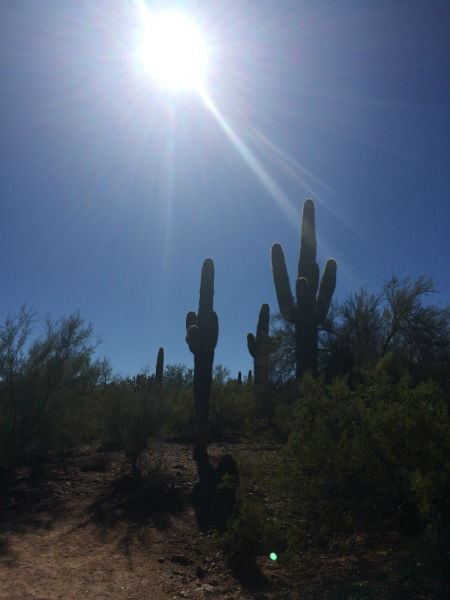

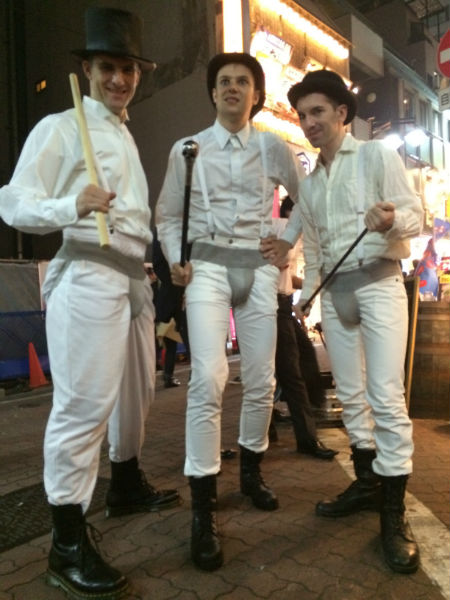 For once, yours truly did put some efforts into that costume thing. The end result surpassed our expectations, mainly thanks to the magic of Internet shopping and Japan’s mind-blowingly fast delivery services.
For once, yours truly did put some efforts into that costume thing. The end result surpassed our expectations, mainly thanks to the magic of Internet shopping and Japan’s mind-blowingly fast delivery services.